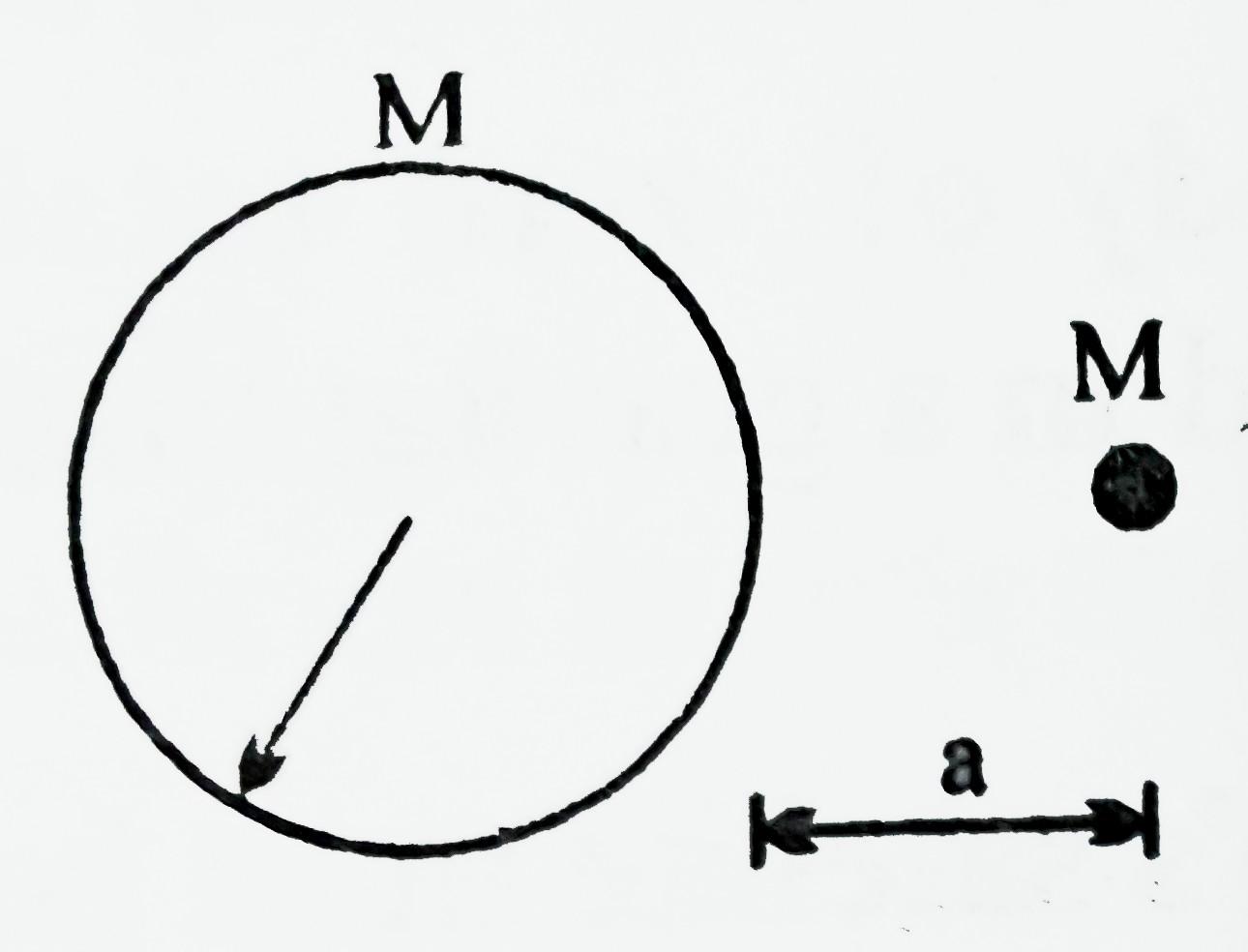Two equal and oppositely charged particles are kept at some distance apart from each other. A spherical surface having radius equal to separation between the particles and concentric with their mid-point is considered.Then
electric field is normal to the surface at two points
electric field is zero at no point
electric potential is zero at every point of one circle only
All of the above
(d)
Topper's Solved these Questions
Similar Questions
Two equally charged identical small balls kept some fixed disttance apart exert a repulsive force F on each other. A similar uncharged ball, after touching one of them is placed at the mid-point of line joining the two balls. Force experienced by the third ball is
View SolutionTwo point charges +9e and +e are kept 16cm. Apart from each other. Where should a third charge q be placed between them so that the system is in equilibrium state:
View Solution
Knowledge Check
Two equal and opposite charges separated by a finite distance is
Aelectric dipoleBelectric torqueCelectric dipole momentDnone of theseTwo bodies of masses m and 2m are kept at distance r apart from each other. Then the value of G varies as
Ar2Br4Cr−2DrthA particle of mass M is at a distance a from surface of a thin spherical shell of equal mass and having radius a.
 AGravitational field and potential both are zero at centre of the shell.BGravitational field is zero not only inside the shell but at a point outside the shell also.CInside the shell, gravitational field alone is zeroDNeither gravitational field nor gravitational potential is zero inside the shell.
AGravitational field and potential both are zero at centre of the shell.BGravitational field is zero not only inside the shell but at a point outside the shell also.CInside the shell, gravitational field alone is zeroDNeither gravitational field nor gravitational potential is zero inside the shell.
Two point charges separated by a distance d repel each other with a force of 9N. If the separation between them becomes 3d, the force of repulsion will be
View SolutionTwo particles, each of mass m, are a distance d apart. To bring a third particle, also having mass m, from far away to the point midway between the two particles an external agent does work given by:
View SolutionTwo equal and opposite charges attract each other by a force F. If half of the charge from one is transferred to the other without changing distance between the charges, the force between the charges now become
View SolutionTwo spherical conductors B and C having equal radii and carrying equal charges in them repel each other with a force F when kept apart at some distance . A third spherical conductor having same radius as that of B but uncharged is brought in contact with B. then brought in contact with C and finaly removed away from both. The new force of repulsion between B and C is
View SolutionTwo spherical conductors B and C having equal radii and carrying equal charges in them repel each other with a force F when kept apart at some distance. A third spherical conductor having same radius as that of B but uncharged, is brought in contact with B, then brought in contact with C and finally removed away from both. The new force of repulsion between B and C is
View Solution
